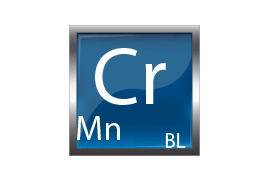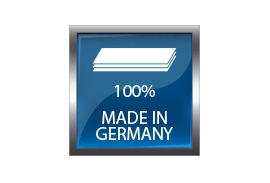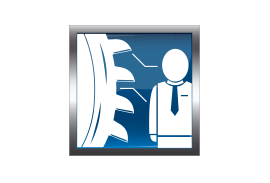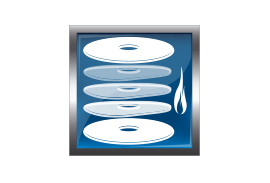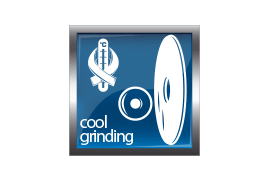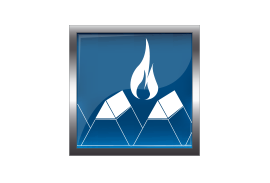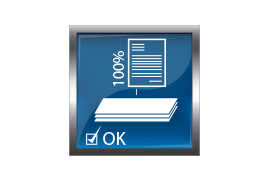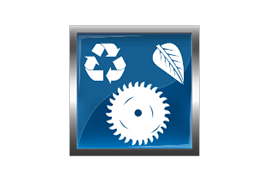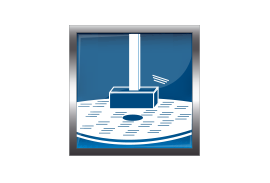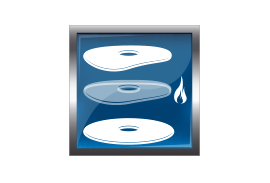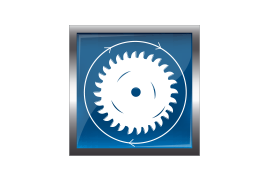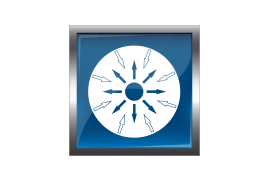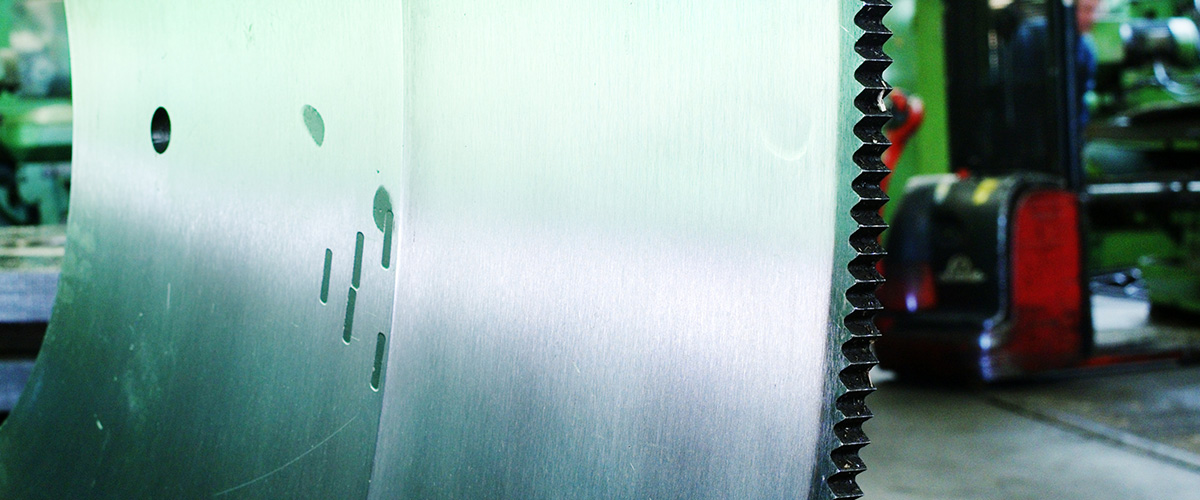
Friction (Cold) Cutting Circular Saw Blades
Extra long blade life – with the least Tendency to Crack!
BLECHER friction saw blades cleanly and reliably cut hollow and structural sections made of Carbon steel in cold condition (<100°C). Longest blade life and best cutting performance are based upon highest quality and numerous particular processing methods. They are used for friction sawing with stationary and flying sawing plants at welded tube, hollow and structural section rolling mills, for parting gratings, fender walls and many more applications.
Tooth forms
- 0° friction saw tooth for thin wall tubes and structural sections up to approx. 4 mm wall thickness
- 30/30° pendulum shape for thicker walls with approx. 5 mm and above or solid items
- 30/30° pendulum shape with flat land for older machines with low drive capacity,
- Other tooth forms available on request, forged teeth for increased cutting clearance
Saw blade material:
BL60 is a BLECHER exclusive, unique material for best possible blade life at least possible tendency to cracking (for tooth tip hardened blades). Other material with alloy composition optimized for to the required life of the tool: For trough hardened blades with diameter up to 1500 mm used with flying saws:
1.2235 CV Chrome-Vanadium 80CrV2 = standard steel grade with good hardenability and for this reason good blade life
1.2604 70WM Tungsten-Molybdenum 73WCrMoV2-2 with considerably improved blade life (available up to max. diameter 1000 mm)
Typical main dimensions
| Diameter mm | Kerf mm | Teeth | Tooth Spacing mm |
|---|---|---|---|
| 520 | 4 | 300 | 5,45 |
| 600 | 5 | 300 | 6,28 |
| 750 | 6 | 350 | 6,73 |
| 1000 | 8 | 350 | 8,98 |
| 1200 | 10 | 400 | 9,42 |
| 1500 | 10 | 470 | 10,00 |
| 1800 | 14 | 470 | 12,00 |
| 2000 | 14 | 524 | 12,00 |
| 2200 | 16 | 576 | 12,00 |
| 2500 | 16 | 654 | 12,00 |
Conditions of application:
- vary with the machine used and workpieces to be cut
- Cutting speed 110-150 m/s, Feed speed approx. 1000-2000 mm2/s
- Cooling: As the friction saw melts the cut by means of friction heat, cooling before or during cutting must be the avoided.
- High pressure water cooling after the cut substantially improves blade life.
Sawing machine:
Flying or stationary sawing machines made for example by Abbey Etna, Dreistern, Mannesmann, Otto Mills, MTM, Schloemann-Siemag, Siemens VAI, Danieli-Mogardshammar, TRM, Koch-HK, SMS-Meer, Trennjaeger, Wean United etc.
Finish of side faces:
- hollow ground and off-set finish: side daces are hollow ground, optionally off-set ground and balanced after flat grinding; for maximum cutting clearance, reduce burr forming and high cut quality
- flat ground finish: upon customer request side faces are just parallel ground
Coating:
Single or multiple chrome plating optional for improvement of gilding properties and increase of surface hardness.
BLECHER QualitY Features
Application oriented selection of blade material
Material selection from a wide range of different alloys and characteristics for application dependent wear life, hardness, stability and toughness, e.g. 51Mn7mod., 75Cr1, 80CrV2, 73WCrMoV2-2, X155CrVMo12-1, S 6-5-2, BLECHER proprietary steel grades BL50, BL55 & BL60/BL80
100% Made in Germany
All materials used for BLECHER saw blades have been made in Germany
Individual tooth geometries
Tooth and cutting edge geometry optimized to each customer-specific application
Tempering with multiple annealing
Technically matured annealing processes with most advanced furnaces, for hardening and (where appropriate multiple) tempering
Cool Grinding
In-house developed “cool grinding” technology with most modern PLC controlled grinding machines reduce heat impact during processing and avoid unwanted residual stress
BLECHER flame hardening process
In-house developed flame hardening process anneals tooth tips to the highest possible hardness degree without embrittlement and by keeping the material´s toughness, tooth gullets remain without heat impact
Consistent documentation
Consistent documentation of all use materials, manufacturing steps and measuring results including from final inspection for each production job
Highest environmental standards
Technically matured annealing processes with most advanced furnaces, for hardening and (where appropriate multiple) tempering
BLECHER hammering process
A proprietary hammering and straightening process results in highest precision and smallest side run-out even across multiple service cycles
Thermal stress relieve
Blades are thermally stress relieved to eliminate uncontrollable and unwanted residual stresses from the material rolling process which potentially can create performance deviations during use
Thermochemical platings
Thermos-chemical platings and hard material coatings available for higher cutting speeds and reduced wear
Optimized tooth gullet radii
Milled teeth with consistent precision and tooth gullet radii optimized to virtually no cracking
BLECHER balancing process
Advanced balancing methods produce best possible true running results at high blade speeds for tools with non-parallel sides (hollow or bevel ground)
Controlled tensioning
Targeted, controlled, reproducible and application oriented blade tensioning guarantees straight cuts with no deviations even across numerous service cycles

